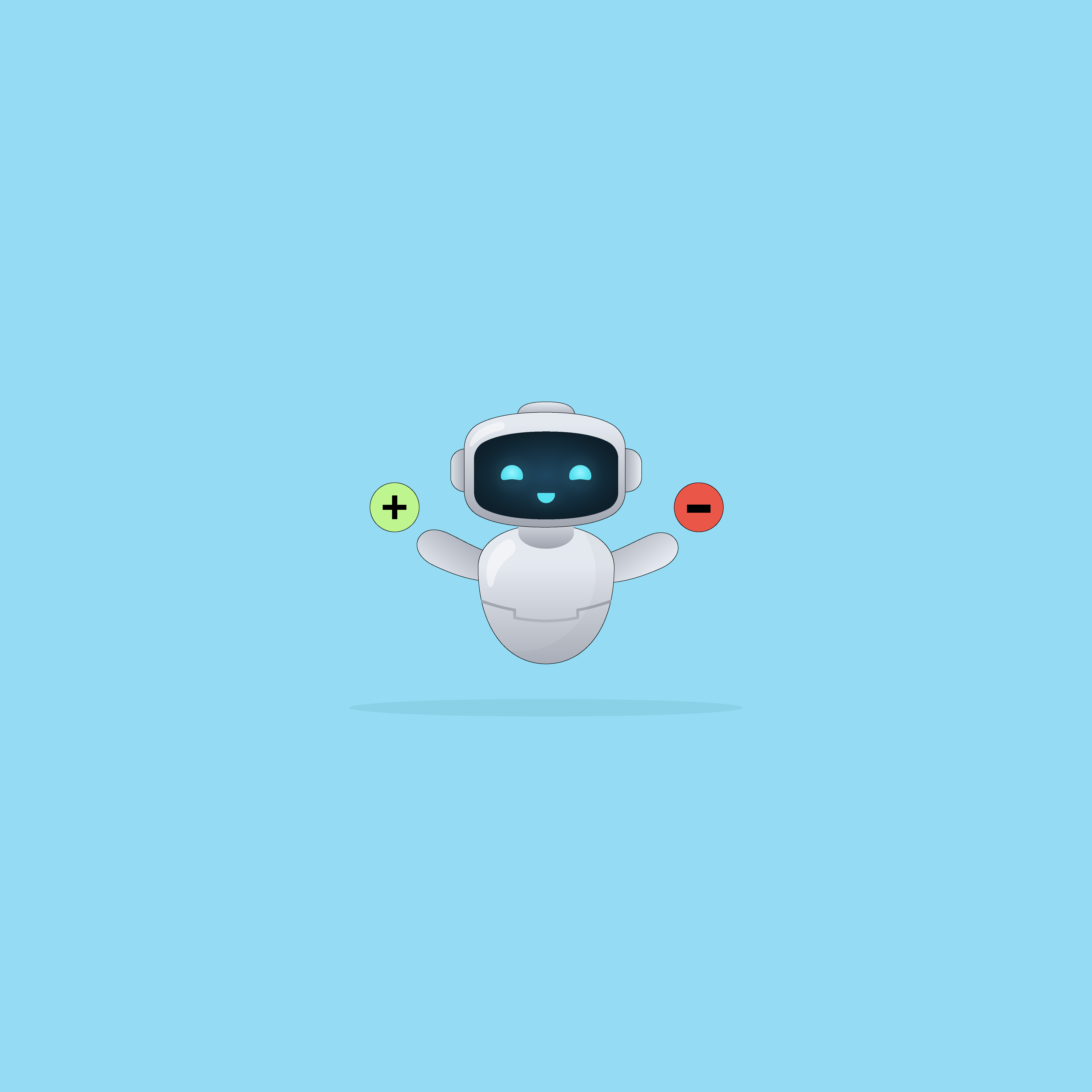Our websites use cookies. By continuing, we assume your permission to deploy cookies as detailed in our Privacy Policy.
4 Pillars of eCommerce: Segmentation, Personalisation, Customisation and Targeting
Even if you’re selling something as essential as water, you have to know where your customers are, lest they might have difficulty finding you. Or you have to know how much they’re willing to pay, or someone else is going to undercut you.
The point is that companies have to think about their customers, or they won’t succeed. In the past, this usually meant a lot of testing and fine-tuning. It was an expensive and laborious process. And so many companies went out of business before they ever saw the results they had hoped for.
Modern companies have numerous advantages, one of the most significant being eCommerce personalisation. However, if you don’t understand the core tenets of eCommerce – segmentation, personalisation, customisation, and targeting – you’ll never be able to leverage this amazing approach for your company thoroughly.
Understanding the Differences Between Segmentation, Personalisation, Customisation and Targeting
Who would cross the Bridge of Death must answer me these questions three, ere the other side he see. Of course, we’re just kidding; there’s no Bridge of Death. However, you have to understand the four pillars of eCommerce if you wish to have a successful eCommerce business.
1. Segmentation
What is Customer Segmentation?
Customer segmentation is the principal element in every successful marketing strategy. It’s precisely what the name suggests: You divide your customer base into smaller groups based on common characteristics and relevant information.
Why is Customer Segmentation Important?
With the help of customer segmentation, marketers aim to understand the different needs and desires of like-minded individuals. In other words, customer segmentation is the part where you get to know your customers. This is where you gather the necessary information to target your customers but more on that later. 😉
Types of Customer Segmentation
- Demographic Segmentation: Customer segmentation based on demographic information, such as age, gender, occupation, etc.
- Geographical Segmentation: Customer segmentation based on where the customers live, work, go shopping, etc.
- Psychographic Segmentation: Customer segmentation based on psychological traits, such as beliefs, attitudes, interests, etc.
- Behavioural Segmentation: Customer segmentation based on the actions taken by customers, such as purchase frequency, click-through rates, browsing habits, last visited items, etc.
2. Personalisation
What is Personalisation?
Personalisation is about identifying a specific customer within one of your customer segments. Here’s the critical bit: Personalisation is implicit. That means personalisation takes place without actively involving the customer in the process. Instead, the website, or its algorithm, collects the data for that one specific customer and then uses it to modify the customer experience.
Amazon is an expert at personalisation: Think of your Amazon home page; it’s personalised for you based on your previous purchases and searches.
What is Hyper-Personalisation?
It turns out that good old simple personalisation is not enough anymore. Are we really surprised, though? We’re bombarded with hundreds of notifications every day, and we can’t remember even five of them. Thus, simple personalisation using only demographic segmentation doesn’t do much anymore.
Hyper-personalisation takes things one step further. Hyper-personalisation uses the individuals’ behavioural data to identify and solve their pain points. This data can include certain details about products, such as names, prices, brands, or categories. In other words, hyper personalisation uses behavioural segmentation.
The goal with hyper-personalisation is to offer the most relevant content to the customers. The logic is simple: If the relevancy increases, so will the conversion rates.
3. Customisation
What is Customisation?
Customisation is taking a basic product or service and modifying it to fit a single customer’s unique preferences. Customisation is done by the customer and relies on their conscious input. For example, Nike lets its customers create their own designs via an online platform called NIKEiD.
What is the Difference Between Customisation and Personalisation?
Out of all four pillars of eCommerce, personalisation and customisation are the ones that get confused the most. However, it’s no wonder that this is the case because, in the end, they both provide the customer with a similar result: a unique product or service based on their individual preferences.
The critical difference is that personalisation is implicit, whereas customisation is explicit. Customisation requires direct input from the customer. That is, the customer tells the service provider what they want and exactly how they want it.
If you go to a pub and order a “Martini, shaken, not stirred”, you are asking for customisation. But if you’re a regular at the said pub and when you go there, the bartender gives you your shaken martini without asking anything; this is personalisation.
4. Targeting
What is Behavioural Targeting?
Behavioural targeting is about identifying your target audience based on their behavioural habits, then designing and implementing a strategy to market yourself to the said target audience. The key to a successful targeting strategy is building the correct customer persona. The better you know your target audience, the better your campaign will be. If you haven’t realised it yet, targeting is where you put your customer segmentations to use!
Why is Behavioural Targeting Important?
- Attract and convert high-quality leads: Initially, what you’re doing with targeting is that you’re identifying a segment in the overall market that you think will be interested in you. And as a result, your marketing efforts will get better results.
- Increase customer loyalty: Customers are more likely to respond to your marketing efforts if they feel being addressed personally and directly. Consequently, this will help you differentiate your brand. And when customers feel that you are the only one who can help solve their particular problems, they will be more loyal to your brand.
Segmentation and Customisation Are Not Enough
The actual targeting of segments is where customisation and segmentation overlap. If you can break down a more extensive group into smaller ones but never alter your approach, segmentation won’t get you very far. This is why targeting isn’t enough all on its own.
Customisation can’t do the job all by itself, either. That’s because, these days, things are moving too quickly. Your website should attract enough visitors that – for the vast majority of companies, anyway – it simply wouldn’t be realistic to plan on customising the experience for each of them.
Consider a car dealer, for example. Most car dealers can afford to take the time to customise vehicles for each customer. If they don’t have the right customised vehicle in their inventory, they can place a special order as long as the customer is willing to wait. However, what would happen if this process took so long that customers were eventually wrapped around the block waiting for their opportunity to peruse the dealership’s vehicles and potentially make a purchase? More than likely, those customers would find another dealership.
The same thing happens with websites. Some customers will stick around to go through the manual customisation process. For example, say they’re looking to book a trip through your company. While they will have to provide some information to customise their experience, they’ll probably be more likely to give their business to a competitor that is ready with a personalised experience the moment they show up on their site.
This analogy tells us that segmentation, customisation, and personalisation must now happen in real-time.
Real-time Segmentation and Personalisation
Real-time customisation is largely redundant. This is because any customer who takes part in customising their own experience will generally be doing so in real-time. That being said, segmentation and personalisation don’t always work this way, which is a huge mistake.
A far better approach is real-time segmentation and personalisation. This involves immediately monitoring the behaviour of a visitor the moment they visit your company’s site, so you can begin tailoring the experience it offers. This will become easier to do as you start to understand better how to target segments of the larger number of people who visit your site. While targeting is not something you can necessarily do in real-time, you have to do it to ensure segmentation and personalisation can and in real-time.
The Future Belongs to the Companies That Utilise All Four Pillars of eCommerce
No company will be able to survive for long without leveraging all four of these powerful approaches. And as you have now seen, segmentation, personalisation, customisation, and targeting work best together and in real-time.








